
5th generation cockpit displayed at Zhuhai airshow.

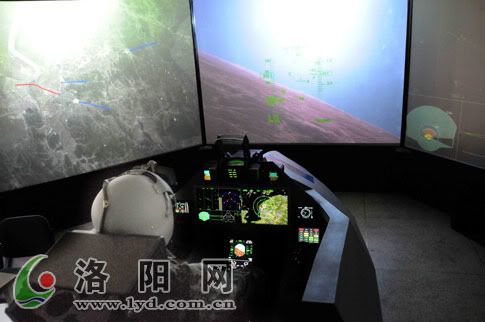
Oui, le PL-13ChrisDNT a écrit :"Tout droit sorti d'une bd de sf :-) !"
C'est exactement ce à quoi je pensais, je verrais très bien cet avion dans une version moderne de Bob Morane contre les armées de l'Ombre Jaune ! Il est non seulement beau, mais a une allure proprement terrifiante !
Quelqu'un sait si les Chinois ont en développement des missiles à longue portée adaptés à la très probable grande autonomie de l'appareil ?
Je verrais très bien un scénario d'engagement où le J-20 resterait hors de la zone dangereuse du F-22 et le "taclerait" au moment où ce-dernier serait obligé de rebrousser chemin.
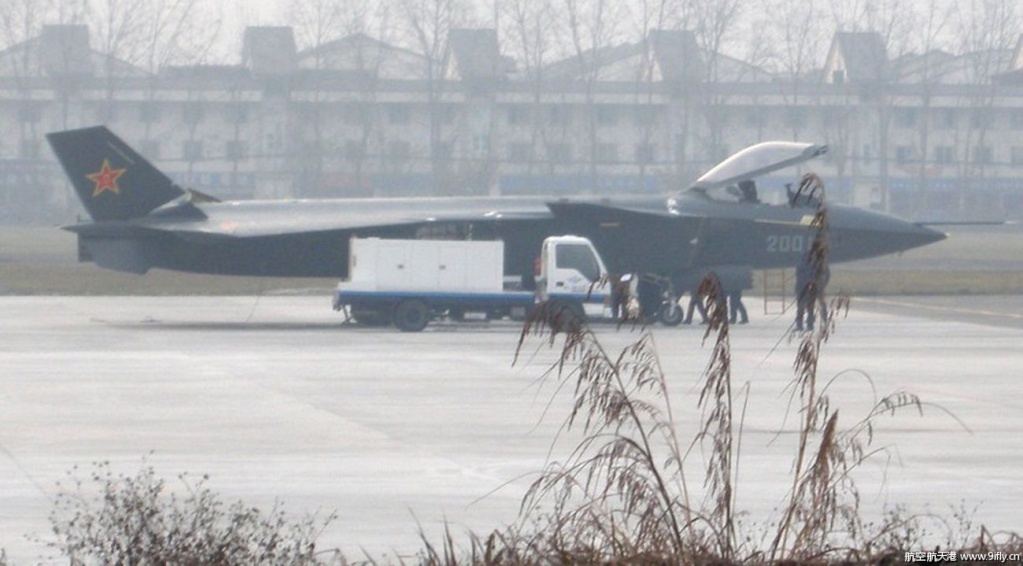
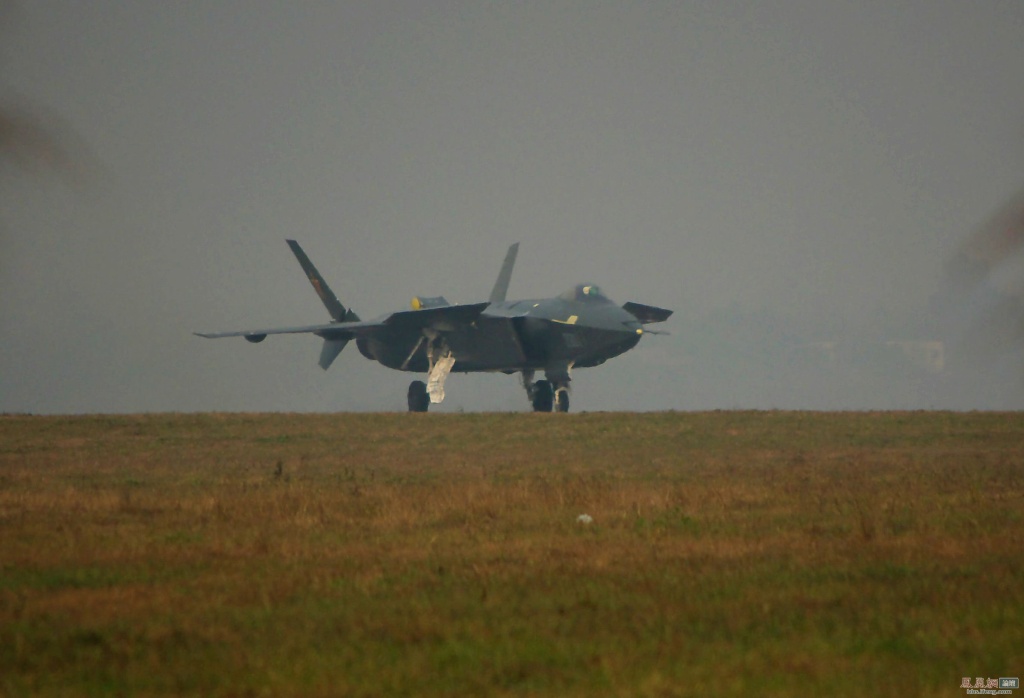
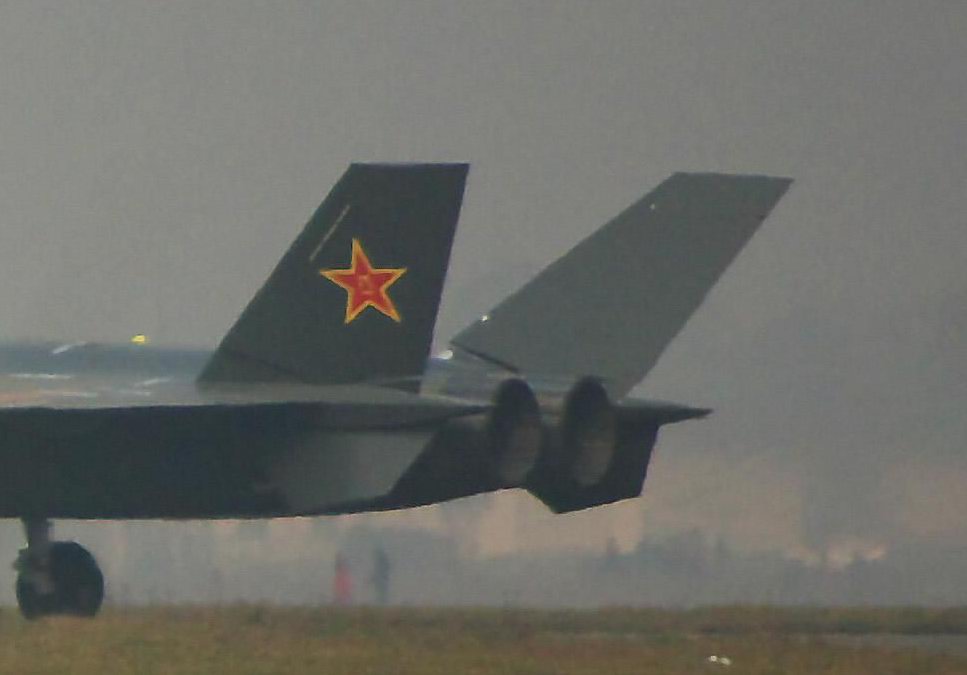
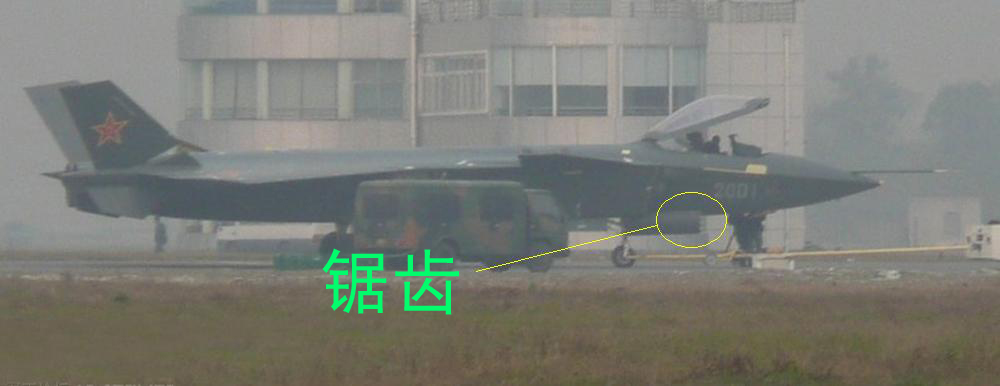
D'autres doivent déjà regretter l'arrêt des chaînes du F-22 !Australia Air Power on J-20 ,
Dr Carlo Kopp
Over the last few days imagery of what is claimed to be China's new stealth fighter has appeared on a range of Chinese Internet sites. There have been no official disclosures as yet, so many of the claims appearing in the media may only be speculation presented as fact.
The aircraft may be a technology demonstrator or a prototype for a mass production fighter aircraft. The latter is however much more likely, given that the PLA Chief of Air Staff claimed an IOC later in the decade.
What the imagery shows is a large fighter, approaching the size of an F-111, with a canard delta configuration and pair of outward canted all moving vertical tails. This configuration will provide good sustained supersonic cruise performance with a suitable engine type, and good manoeuvre performance in transonic and supersonic regimes.
Of most interest is the stealth shaping, which is considerably better than that seen in the Russian T-50 PAK-FA prototypes and in the F-35 Joint Strike Fighter. The Chinese design appears to be largely built around the stealth shaping design rules employed in the F-22A Raptor. The chined nose section and canopy are close in appearance to the F-22. The trapezoidal inlets are closest to the F-22, but employ an F-35 style boundary layer control design. The wing fuselage join angle, critical for side aspect stealth, is very similar to the F-22 and superior to the Russian T-50 PAK-FA prototypes and the F-35 Joint Strike Fighter. The flat lower fuselage is optimal for all aspect wideband stealth. Planform alignment is impossible to assess until in flight imagery becomes available.
The aft fuselage, tailboom, strakes and nozzles are not compatible with high stealth performance, but may only be stop gap measures to expedite flight testing of a prototype. The airframe configuration and aft fuselage would be compatible with an F-22 style 2D TVC nozzle design, or a non-TVC rectangular nozzle designed for controlled infrared emission and radio-frequency stealth.
The PLA have not disclosed the engine type. There are claims that the Russians supplied supercruise capable 117S series engines - these would not be sufficient to extract the full performance potential of this advanced airframe.
The airframe configuration is compatible with ventral and side opening internal weapon bays, and large enough to match or exceed the internal weapons payload of the F-22A Raptor. Internal fuel fraction may also be high, given the fuselage configuration and large internal volume of the big delta wing.
Other unknowns are the intended sensor suite. China has yet to demonstrate an AESA radar, or an advanced indigenous emitter locating system. However, these could become available by the time this airframe enters production.
The size of the airframe, and its evident focus on supersonic persistence, suggests at a minimum an intention to provide a long range interceptor for air control in the Second Island Chain geography. This capability by default would provide the ability to penetrate an opposing IADS to destroy assets like AWACS, other ISR systems, and tankers. Suffice to say, with suitable internal weapons, the design could be employed as a penetrating strike aircraft, in the combat radius class of the F-111 or Su-34 Fullback.
The notion that an F-35 Joint Strike Fighter or F/A-18E/F Super Hornet will be capable of competing against this Chengdu design in air combat, let along penetrate airspace defended by this fighter, is simply absurd.
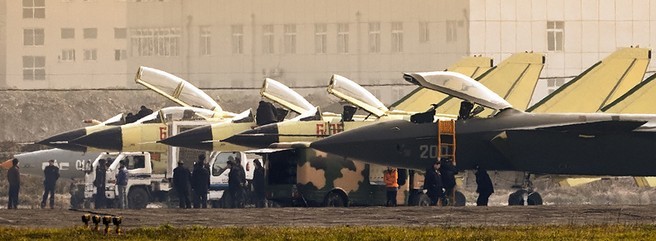
Dr Carlo Kopp
Other unknowns are the intended sensor suite. China has yet to demonstrate an AESA radar, or an advanced indigenous emitter locating system. However, these could become available by the time this airframe enters production.

En tout cas, bien avant la sortie du J-20, Carlo Kopp s'est toujours montré un opposant complet à l'acquisition d'autre chose que de F-22 par les Australiens, d'après lui la seule option possible face à la menace des avions Sukhoi.ero_senin a écrit :C'est a mon avis la remarque la plus pertinente de l'article. Dr Carlo Kopp a la mauvaise habitude de faire des analyses dont les données importantes sont non disponibles, il avait fait la meme chose pour le T 50 l'an dernier.
On peut imaginer que les Japonais vont aussi redemander, avec insistance, des F-22 ou alors réactiver le développement d'un chasseur national de cinquième génération....Carlo Kopp s'est toujours montré un opposant complet à l'acquisition d'autre chose que de F-22 par les Australiens, d'après lui la seule option possible face à la menace des avions Sukhoi.

Le gripen Naval ? Le Rafale F4 ? l'Eurofighter T3B ?lolKoV a écrit :Une question ?! Pour noël prochain qui va sortir un nouvel avion ?
Avec le T-50 et le J-20 on va être mal habitué.